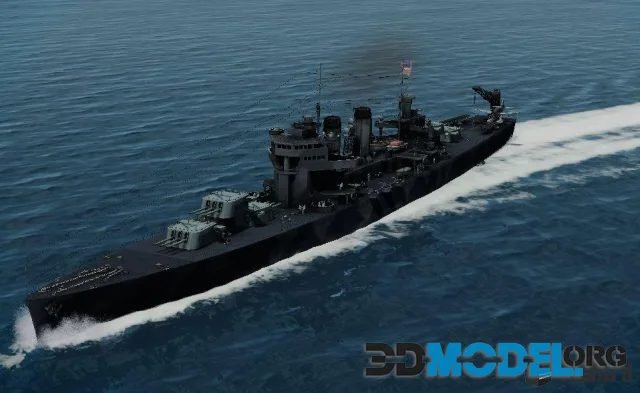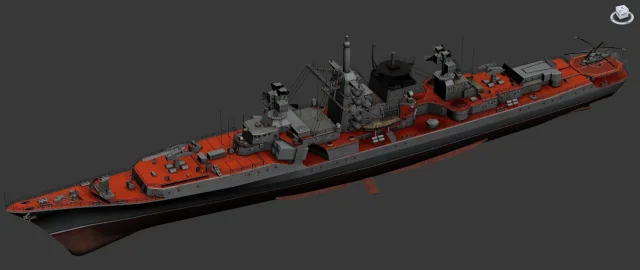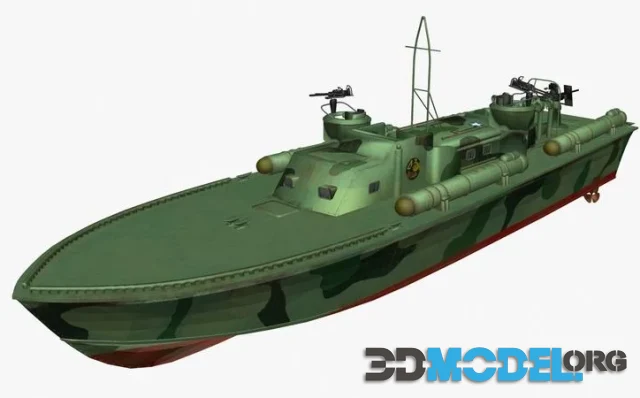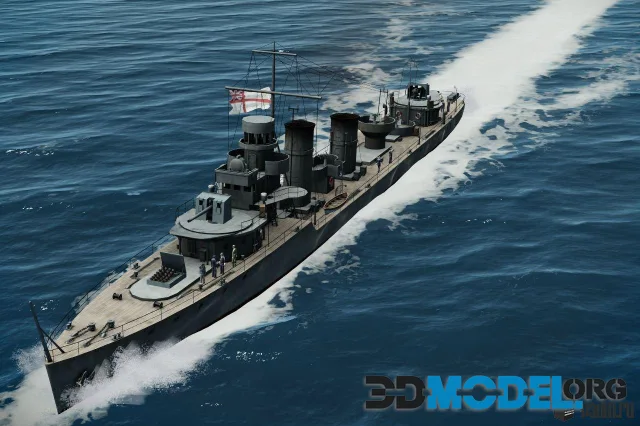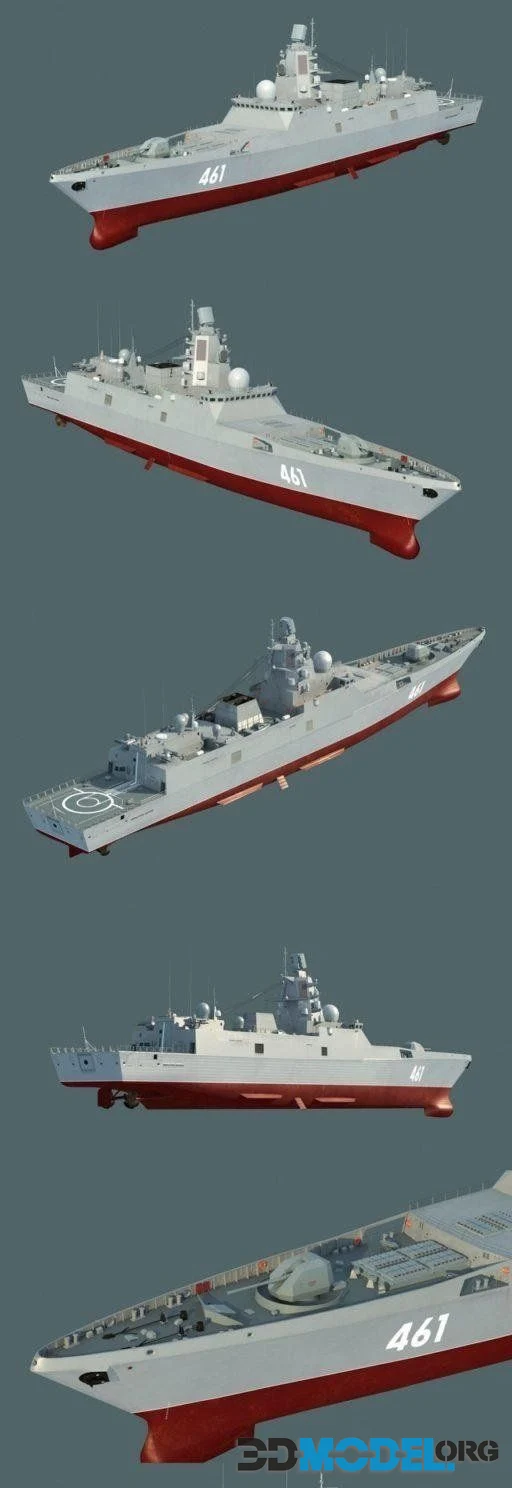Tango Class Submarine
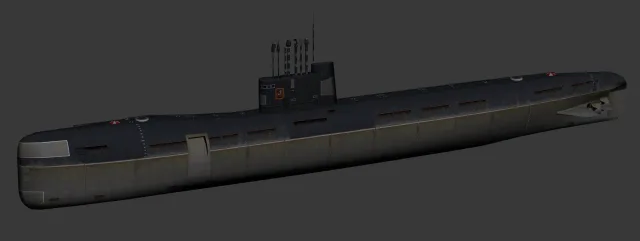
The Tango class, also known by its NATO reporting name as the Project 641B Som class, refers to a series of diesel-electric submarines built for the Soviet Navy during the Cold War. These submarines were an evolution of the earlier Foxtrot-class (Project 641) submarines, featuring improvements in noise reduction, operational range, and living conditions for the crew. They were designed primarily for anti-shipping and anti-submarine operations in the relatively shallow waters of the Baltic and Black Seas, though their operational range allowed for broader deployment.
This Hi-detailed low poly 3d-model for game projects. Comes in 3ds Max and OBJ formats, included textures and UV's.
Key features and roles of the Tango class submarines included:
Construction and Design: The construction of the Tango class began in the late 1960s, with the submarines entering service in the 1970s. They were designed with a double hull structure, which provided increased survivability under attack and better internal space utilization.
Displacement and Dimensions: These submarines had a larger displacement compared to their predecessors, with a submerged displacement of around 3,950 tons. They were approximately 91 meters in length, with a beam of 9.9 meters.
Armament: The Tango class was armed with torpedoes and mines, with six torpedo tubes in the bow. They were capable of launching both conventional torpedoes and those armed with nuclear warheads, giving them significant firepower against surface and underwater targets.
Propulsion: Powered by diesel-electric engines, these submarines had a modest surface speed and could operate underwater at speeds up to 16-17 knots. Their operational range was enhanced by the efficient use of their diesel generators, allowing for extended patrols.
Operational Role: Their primary mission was anti-surface and anti-submarine warfare, with a particular emphasis on defending strategic areas and intercepting enemy vessels. They were also capable of laying mines and conducting reconnaissance missions.
Technology and Capabilities: The Tango class featured advancements in sonar and noise reduction technologies, making them harder to detect by enemy anti-submarine warfare (ASW) assets. Despite these improvements, they were still outpaced in technological terms by Western submarines of the same era.
Service: Throughout their service life, Tango class submarines served with the Soviet (and later Russian) Northern, Baltic, Black Sea, and Pacific Fleets. They played a strategic role during the Cold War, contributing to the Soviet Union's underwater deterrence posture.
The Tango class submarines were eventually superseded by more advanced nuclear and diesel-electric submarines, reflecting the ongoing advancements in submarine technology and warfare tactics. Their service highlights the importance of conventional submarines to the Soviet Navy's strategy during the Cold War, balancing between coastal defense, open ocean operations, and the need for technological innovation.
File type: Max, Obj
Ctrl
Enter
Noticed a misTake
Highlight text and press Ctrl+EnterRelated news:
Comments (0)


